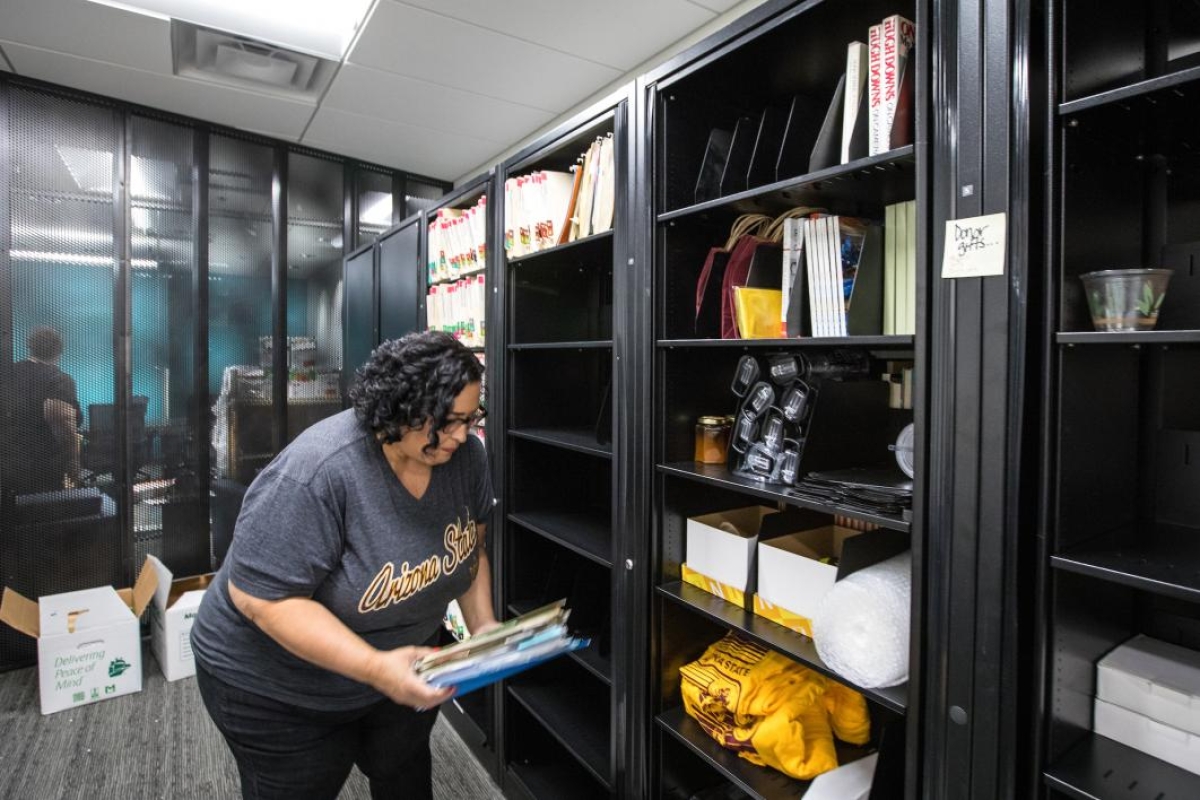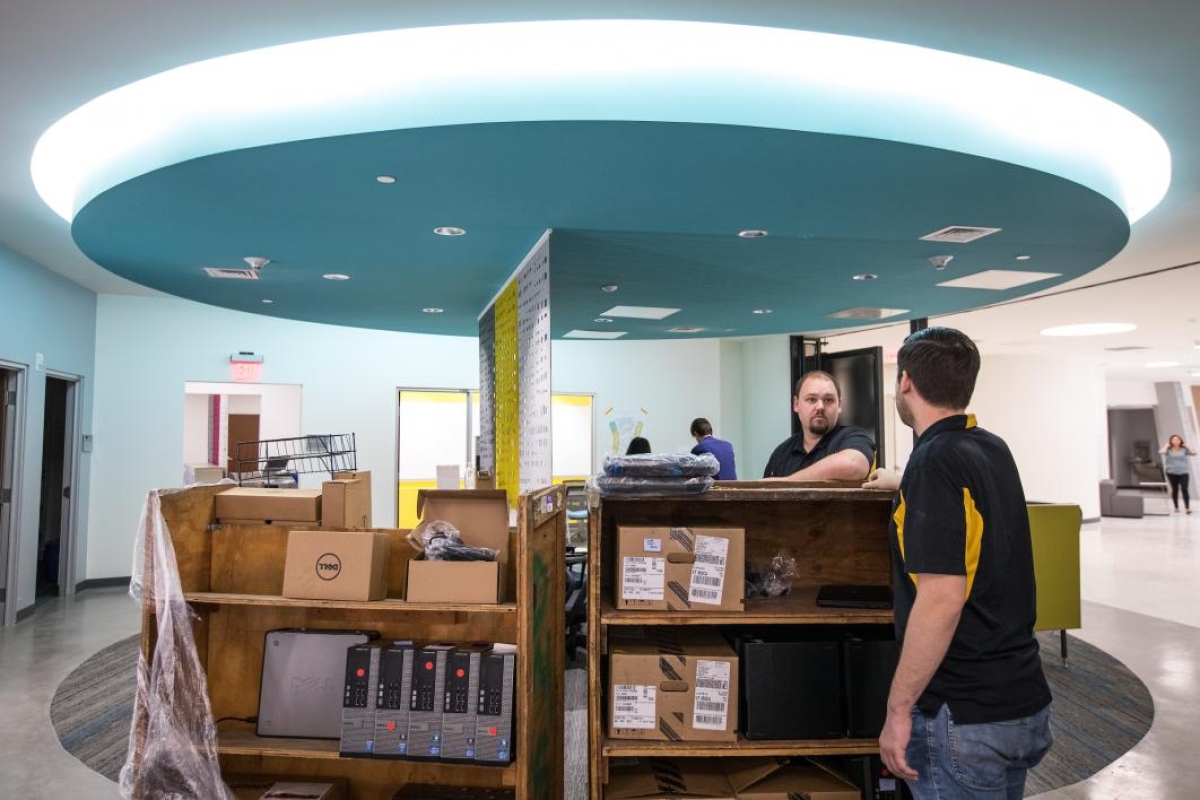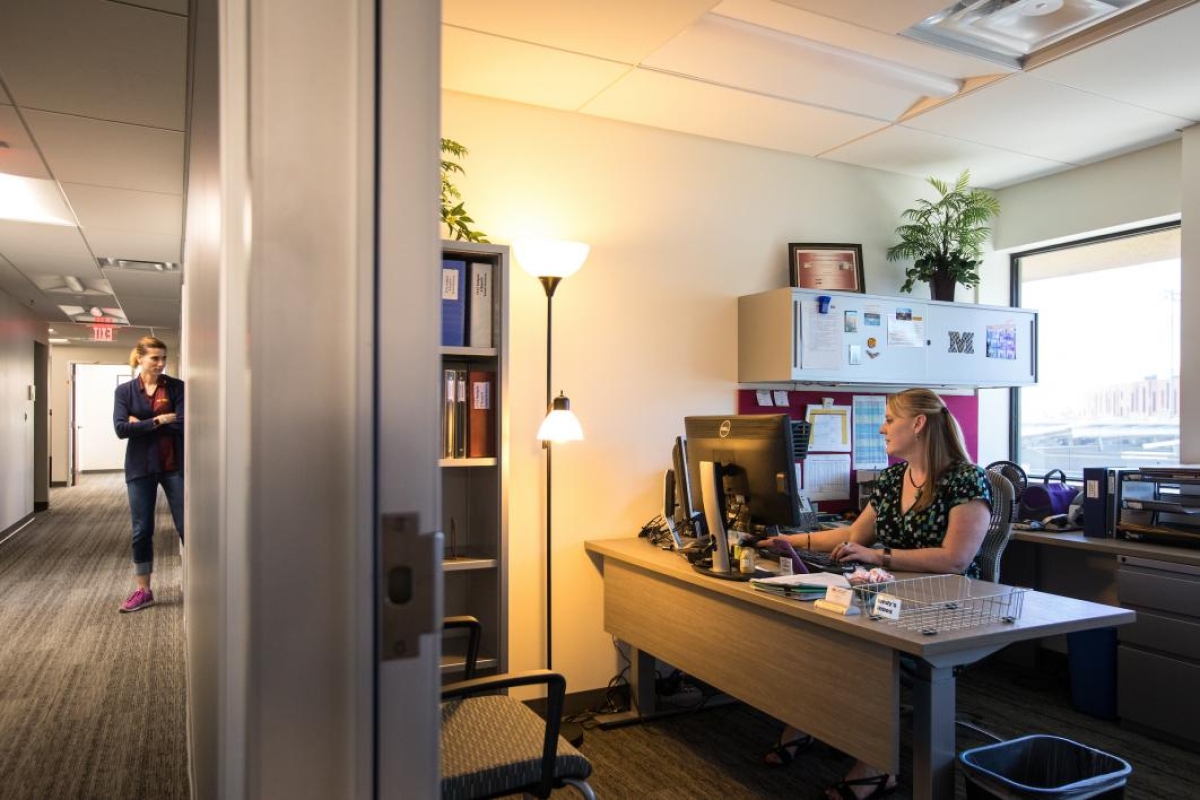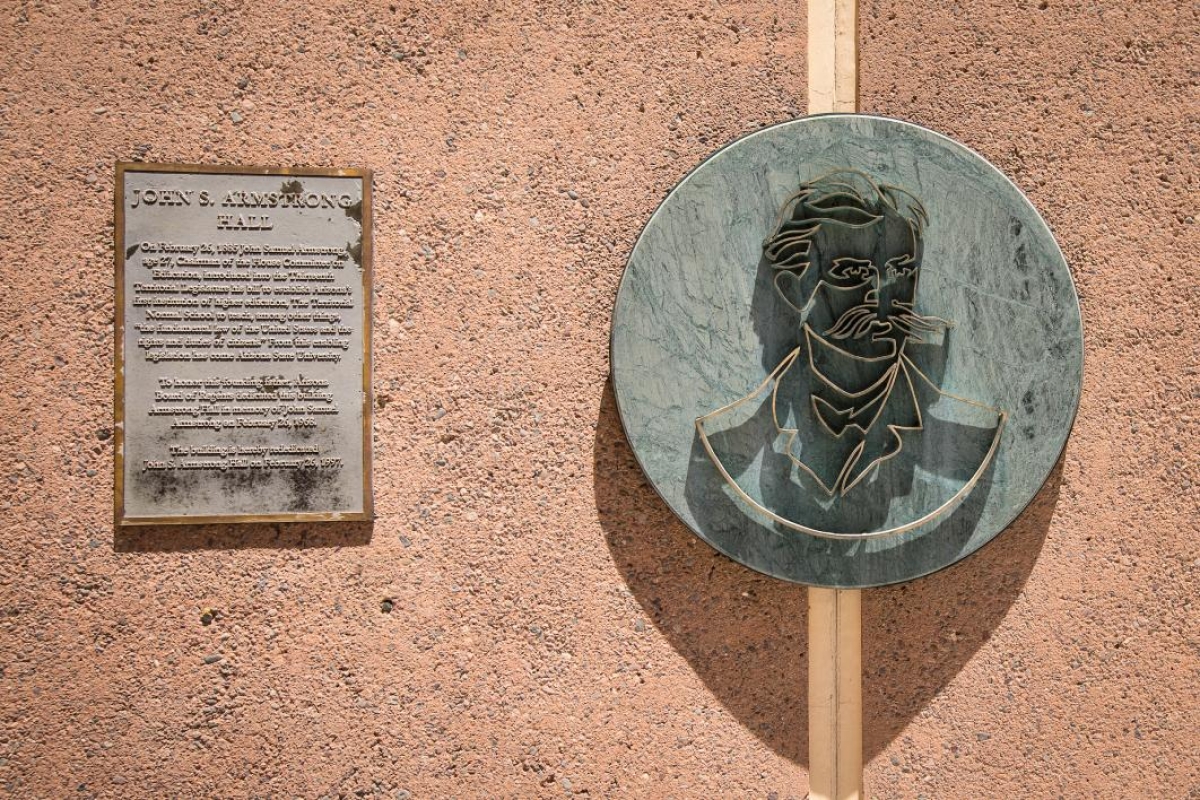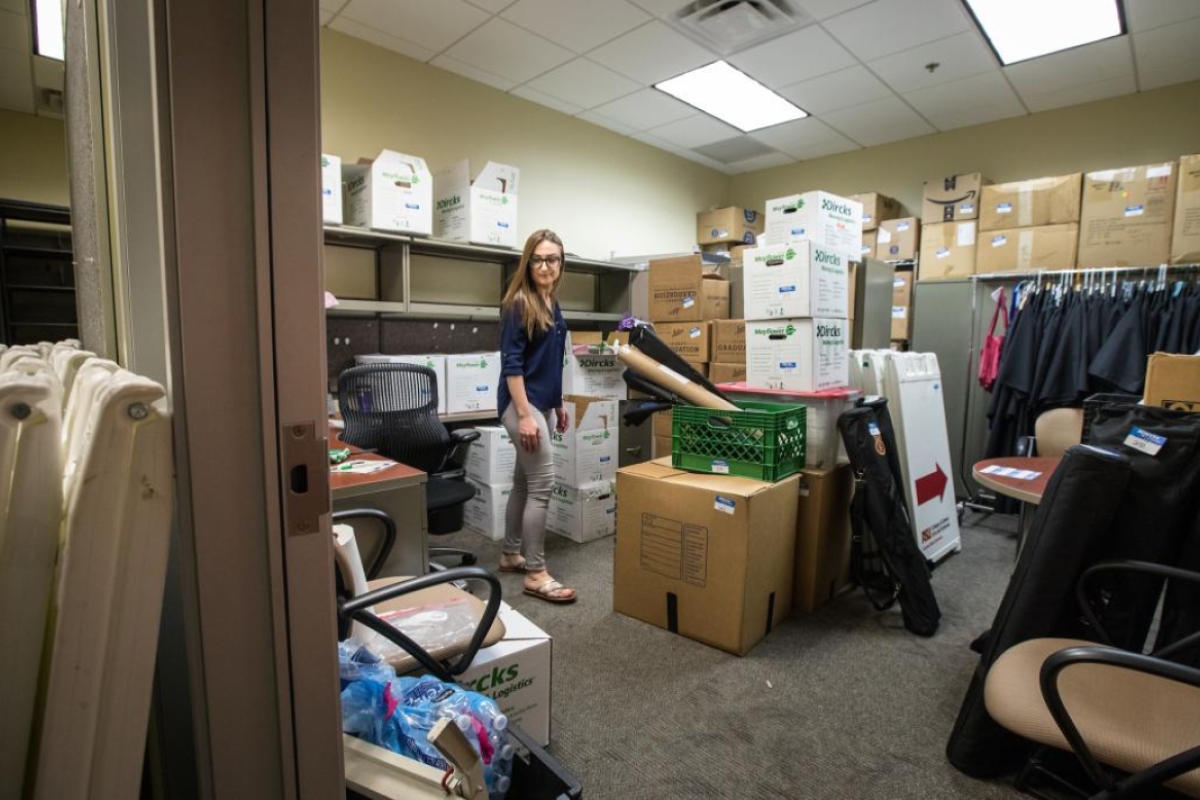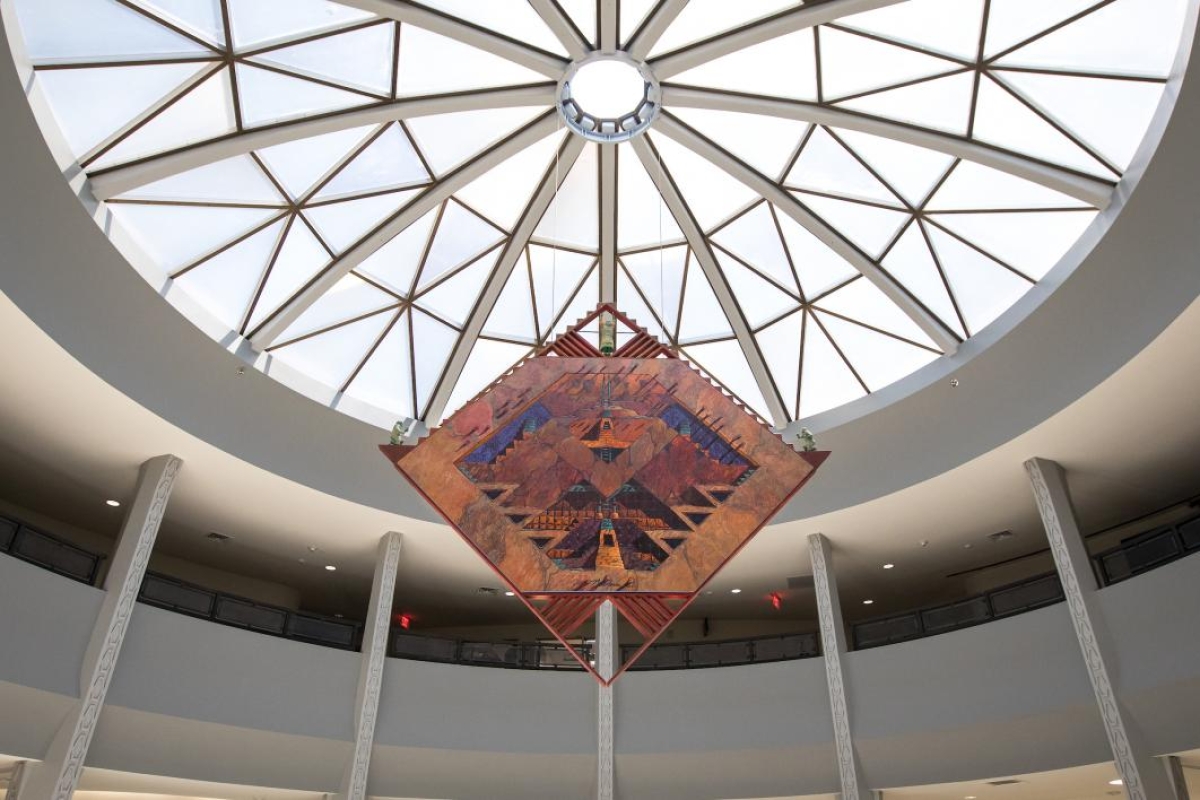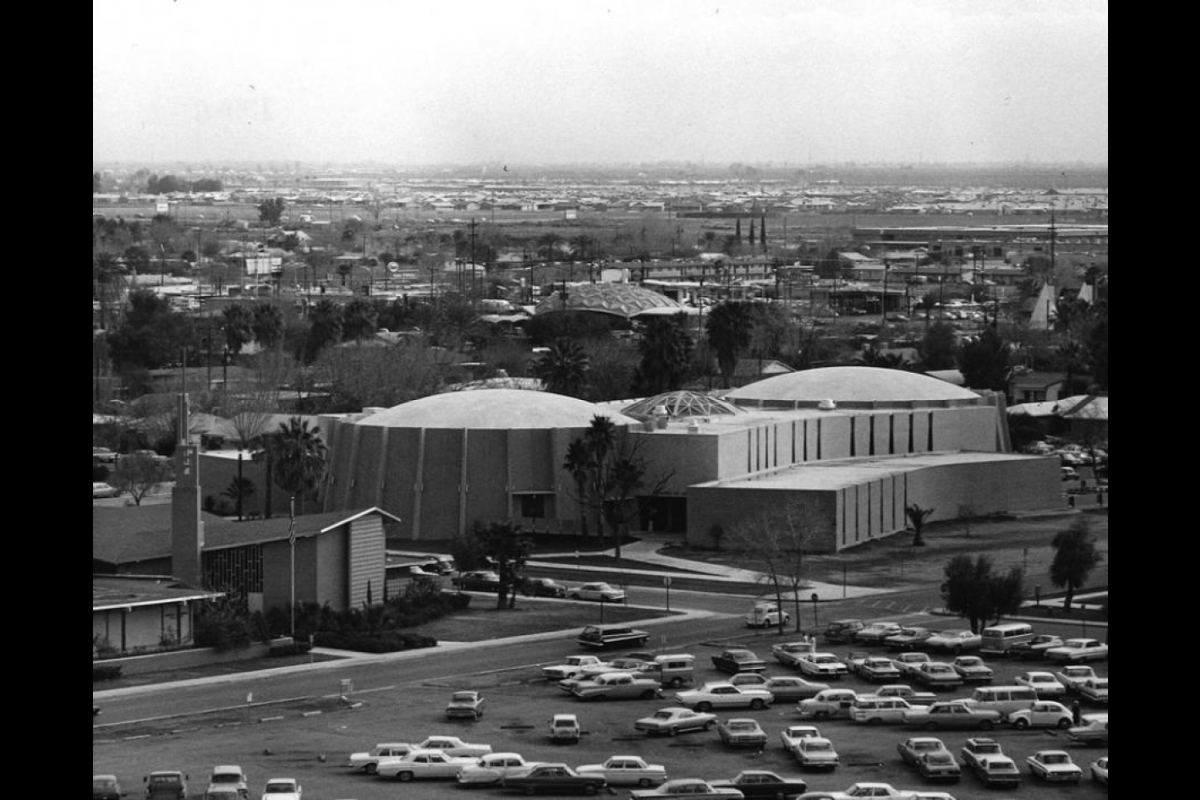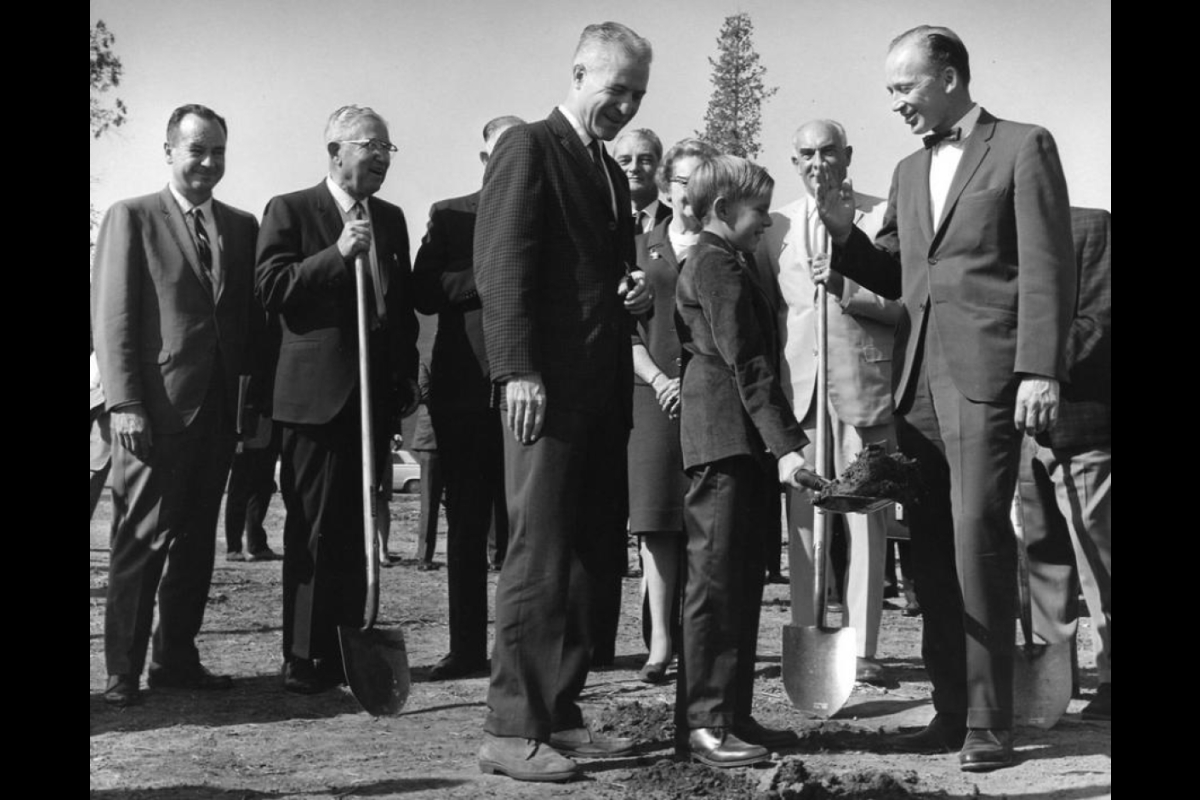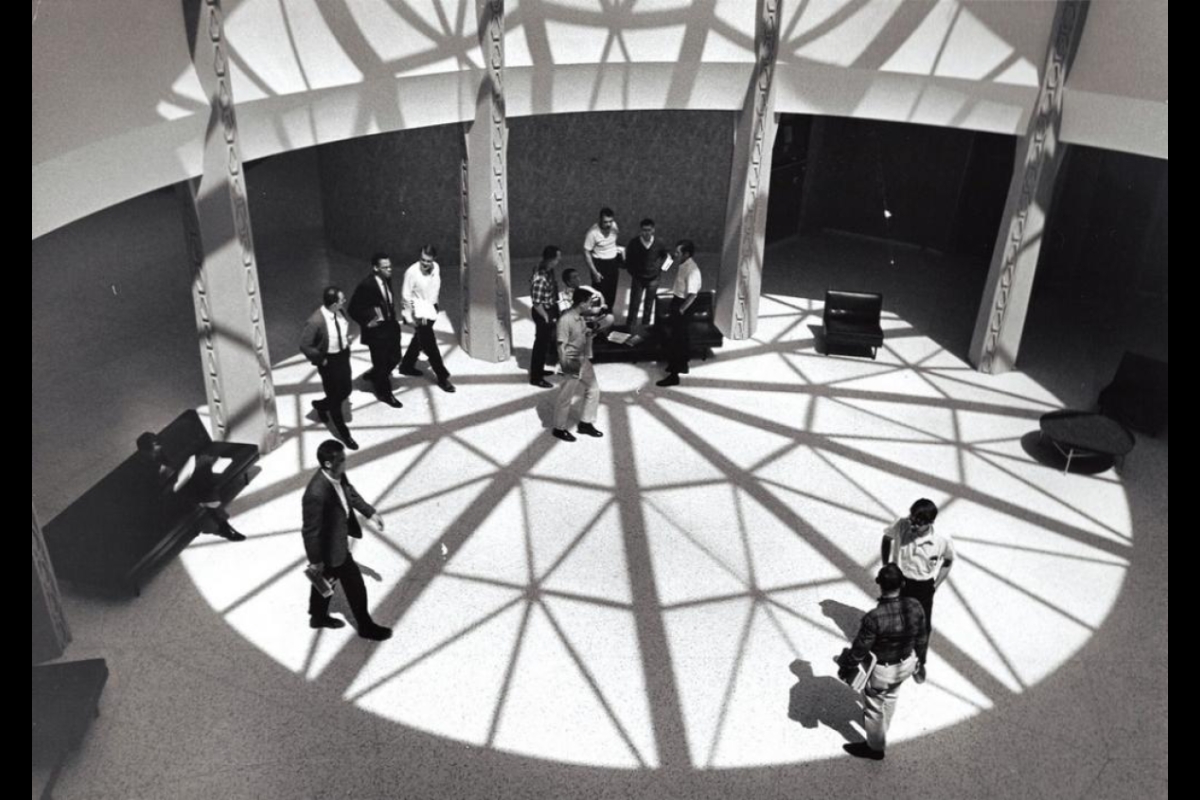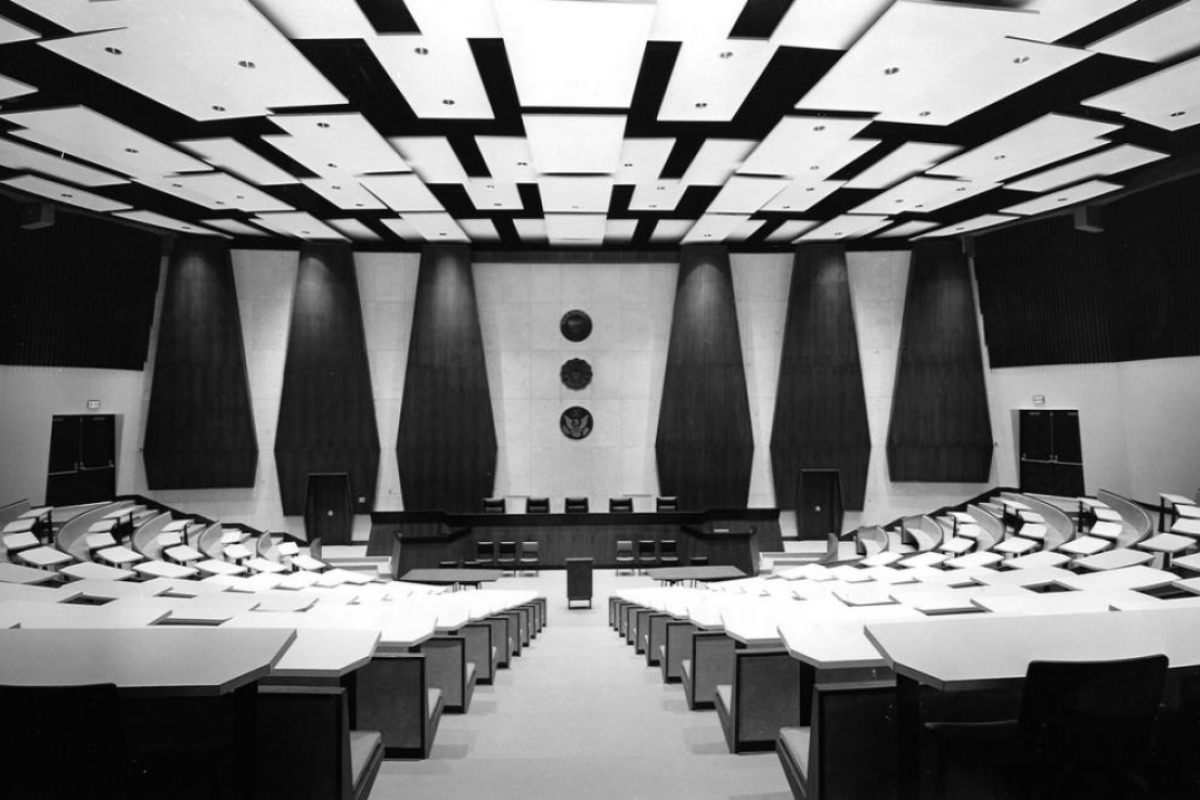Editor's note: This story is being highlighted in ASU Now's year in review. Read more top stories from 2018 here.
The largest college within Arizona State University has coalesced under one roof.
This week, deans and administrative staff of the College of Liberal Arts and SciencesThe College of Liberal Arts and Sciences is the largest and most diverse unit at Arizona State University, with 23 academic units, 95-plus undergraduate majors, 140-plus graduate programs and 40 interdisciplinary research centers and one-of-a-kind institutes. packed up their offices, scattered at various points across the Tempe campus, and headed for Armstrong Hall.
As CLAS’ new home, Armstrong Hall will serve as a main hub for students, providing a standardized set of courses and orientations for incoming freshmen and transfer students, as well as services to help outgoing undergrads secure internships and prepare for graduate studies.
”Having a central location with a more uniform approach is really going to be beneficial for our students,” said CLAS Dean Patrick Kenney.
This first floor of the newly-renovated building features nearly 46,000 square feet of space for academic advising and student services focused entirely on student success, including The Futures Center — a project built in partnership with ASU’s office of Career and Professional Development Services as a 21st-century career center for liberal arts and science majors.
There are also two levels of student study space staffed by ASU Library and open after-hours from 5 to 10 p.m., Sunday through Thursday, during summer session, where students will have access to an active learning classroom, group study rooms, event space and academic support from an ASU librarian.
Located on the southeast end of campus, CLAS' new home is in a building named for a man with an equally sizeable import — legislator John S. Armstrong, who was instrumental in the passage of a bill to establish the Territorial Normal School that would become ASU.
The man
John Samuel Armstrong was only 27 years old when on Feb. 26, 1885, he introduced into the Thirteenth Territorial Legislature House Bill No. 164, “An Act to establish a Normal School in the Territory of Arizona.”
At the time, legislators had proposed the establishment of both a university and a normal school to address the need for higher education in the state and representatives were vying to secure one or the other for their city. Also up for grabs was a mental health facility, which came with a substantial appropriation of $100,000.
The second youngest representative in the Thirteenth Legislature, Armstrong had been elected on a platform of securing the mental health facility and the university for Maricopa County. Historical accounts conflict as to why, but Armstrong eventually sought to secure the normal school instead of the university, which he won, in addition to legislators’ support on a public school reform bill and the appropriation of the mental health facility.
That normal school, of course, became Arizona State University.
The building
In 1964, university president George Homer Durham proposed the creation of a law school at ASU. Durham’s biographer Gordon Sabine called the move, which followed ASU’s losing out on the establishment of a medical school to the University of Arizona, a careful and strategic one. Sabine posits that Durham saw it as an opportunity to funnel more metropolitan ASU graduates into a state legislature dominated by UofA graduates from rural communities.
After the Arizona Board of Regents approved the law school, Durham hired Willard Pedrick in 1965 to serve as its first dean. Pedrick advocated for the creation of a brand-new building to accommodate students’ burgeoning interest in the field, and in the late summer of 1967, the university welcomed the inaugural class of 117 students. With the law school building still under construction, classes were initially held in the old Matthews Library, now Matthews Center.
John S. Armstrong Hall was dedicated on Feb. 26, 1968, with U.S. Supreme Court Chief Justice Earl Warren in attendance.
“It was a way to honor the memory of Armstrong as an effective legislator,” said Rob Spindler, university archivist.
In 1970, the first class of law students graduated from ASU, and the building would go on to serve as the home of ASU law for almost 50 years, until the program relocated to downtown Phoenix in 2016.
Forty-seven graduating classes and more than 7,000 law alumni have passed through the doors of Armstrong Hall.
The future
On Thursday morning, CLAS senior special events manager Aida Lyon was just finishing packing up her office in the Fulton Center in preparation to make the move to Armstrong Hall. An alum of the college herself, Lyon is looking forward to being on campus, having students around and all the energy that brings.
“I think it’s going to be amazing,” she said. “Until now, we didn’t really have a central home. And hopefully it’ll help create an affinity for the college.”
While Armstrong Hall is looking a lot different these days, with its restored original terrazzo floors cozied up to modernized study spaces and contemporary color schemes, evidence of its legal history is still there.
Inside, natural light pours in through the massive skylight, illuminating the substantial Native American art piece suspended beneath it, a gift to the law school from the Hopi artist Dennis Numkena. Outside, a large copper plaque depicting John S. Armstrong keeps watch over the building’s south entrance.
“We’re happy to occupy such an iconic building,” Kenney said. “And we’re looking forward to the opportunities it will give our students.”
Top photo: The College of Liberal Arts and Sciences administration moves from its offices in the Fulton Center to its new home in the recently renovated Armstrong Hall, Thursday, May 24, 2018. When the College of Law moved to downtown Phoenix, it vacated both Armstrong and Ross-Blakley halls, which were remodeled and updated for $21 million. Photo by Charlie Leight/ASU Now
More Sun Devil community

Remembering ASU physical chemist Andrew Chizmeshya
Andrew Chizmeshya, a computational chemist and materials scientist whose work spanned over three decades at Arizona State University, died on March 7 at the age of 63.A dedicated mentor and cherished…

Supporters show their generosity during Sun Devil Giving Day 2025
Thousands of Arizona State University supporters from across the globe came together on Sun Devil Giving Day on March 20 to give to scholarships, research, student programs and university initiatives…

New ASU women's basketball coach has sights set on championships
Molly Miller apologized for being a few minutes late for her Zoom interview Sunday afternoon.No apology was necessary.It’s been a crazy and hectic 72 hours for Miller, who guided Grand Canyon…



